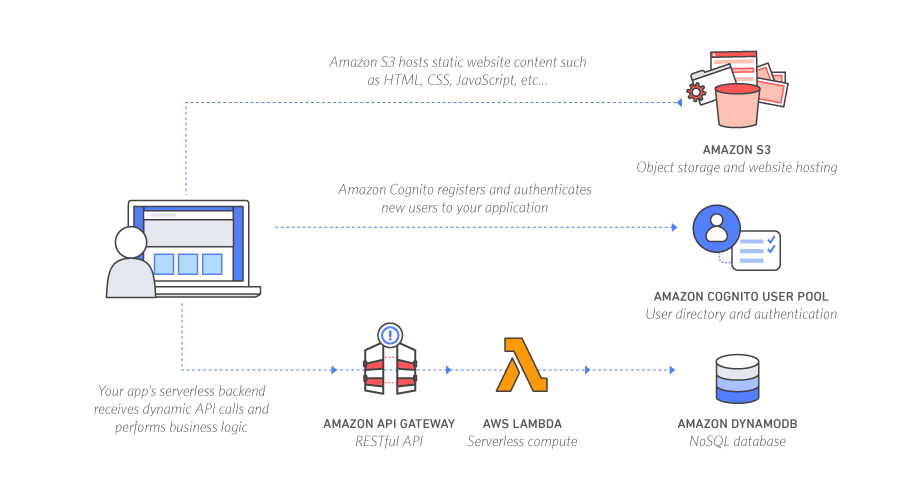- Resource Naming:
- Use meaningful and consistent resource naming conventions.
- Choose resource paths that are easy to understand.
- Caching:
- Implement caching for frequently accessed data to improve performance.
- Adjust cache settings based on your application’s requirements.
- Security:
- Use API Gateway policies to control access to your APIs.
- Enable API Gateway logging for auditing and monitoring.
- Throttling:
- Implement throttling to control the number of requests from clients.
- Adjust throttling settings based on your API usage patterns.
- Request and Response Validation:
- Validate input and output payloads to ensure data integrity.
- Use request and response models to define and enforce data structures.
- Custom Domain Names:
- Use custom domain names for your APIs for branding and ease of use.
- Set up SSL certificates for secure communication.
- Documentation:
- Keep API documentation up to date using tools like Swagger or OpenAPI.
- Provide clear examples and usage guidelines.
- Monitoring and Analytics:
- Set up CloudWatch metrics and logs for monitoring API Gateway.
- Use AWS X-Ray for distributed tracing and performance analysis.
Always stay informed about updates and new features from AWS, as best practices may evolve over time. Additionally, consider the specific requirements of your application when applying these best practices.




